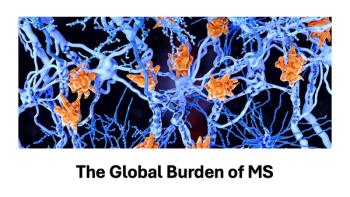
Tuberculosis often curable with six-month treatment, observation
TUBERCULOSIS (TB), a chronic bacterial infection, is one of the world's oldest infectious diseases. It spreads through the air and usually infects the lungs, although other organs may also be involved.
TUBERCULOSIS (TB), a chronic bacterial infection, is one of the world's oldest infectious diseases. It spreads through the air and usually infects the lungs, although other organs may also be involved.
While the incidence of TB in the United States continues to decline, "there's a persistent problem in certain homeless populations as well as among immigrants from high-incidence countries," says Paul R. Cieslak, MD, manager of the communicable disease program for the Oregon Department of Human Services. "In Oregon, for example, more than half the cases now are in people who were born outside the country, mostly from Southeast Asia or from Latin America. They may come here with latent tuberculosis, showing no symptoms, and then five or 10 years later develop an active case."
All cases of TB should be tested for antimicrobial susceptibility, but the results generally do not become available for at least two weeks, and sometimes much longer. This means patients are usually started on a four-drug regimen, which includes isoniazid, rifampin, pyrazinamide and ethambutol. "If the patient does not have drug-resistant TB, and if things are going well after two months of the four-drug regimen, then they can be shifted to a two-drug regimen," Dr. Abramowicz says.
Treatment of multi-drug-resistant TB is based on limited data, Dr. Abramowicz says. "Confirmed cases of multi-drug-resistant TB should be treated with directly observed therapy, including at least four drugs, with treatment usually lasting 18 to 24 months. If possible these patients should be referred to clinicians who have experience in treating these cases."
TUBERCULOSIS AND MANAGED CARE Once someone has been diagnosed with tuberculosis, the public health system is set up to handle follow-up care. "Managed care organizations have the responsibility, while they're making the diagnosis, to ensure that the patient doesn't expose other people to the disease," Dr. Cieslak says. "That means the patient should be kept in isolation, healthcare workers should be protected, and specimens should be taken for diagnosis. But once initial therapy has been started, and the disease has been reported to the health department, public health may take over a lot of the responsibility for treatment."
Newsletter
Get the latest industry news, event updates, and more from Managed healthcare Executive.






















































